2 0 2 4

TRANSPARENCY AND TRUST IN EVERY DROP
City of Lake Oswego Water Quality Report
Drinking water quality data from 2023

2 0 2 4

City of Lake Oswego Water Quality Report
Drinking water quality data from 2023
Your 2024 Water Quality Report is based on data collected during the 2023 calendar year. The City of Lake Oswego prepares this report in accordance with Federal and State regulations to bring our customers the best available information about the water they drink.

Source Information
Your drinking water originates in the Clackamas River watershed, which is one of the highest quality water sources in the state. This watershed encompasses 940 square miles and begins in the Mount Hood National Forest. Water is withdrawn from the Clackamas River, then pumped through a pipeline buried beneath the Willamette River to the Lake Oswego Tigard Water Treatment Plant located in West Linn.
A Clackamas River Watershed Source Water Assessment was completed in 2019. The report is available at www.deq.state.or.us/ wq/dwp/docs/uswareports/USWA_00457LakeOswego.pdf. An additional Clackamas River Water Providers report can be found at https://storymaps.arcgis.com/collections/d107e2dad24e4a5d9c28dad37a835c16
The Lake Oswego Tigard water treatment process is a multi-step process using ballasted flocculation, intermediate ozone, biological filtration, and disinfection / pH adjustment:
• Ballasted Flocculation uses micro-sand and a coagulant to settle dirt, sediment and contaminants out of the water.
• Ozone is then added to remove unpleasant taste and odor compounds and to provide advanced treatment.
• Biological Filtration through a deep bed of granular activated carbon and silica sand removes any remaining tiny microbes and contaminants, such as cryptosporidium. Beneficial biological activity removes organic molecules that can produce disinfection byproducts.
• Once filtered, the water is disinfected using a small amount of chlorine and the pH is adjusted to prevent corrosion of household plumbing.
The Lake Oswego Tigard Water Treatment Plant is a state-of-the-art facility that provides safe drinking water to 100,000 customers every day. Our treatment plant operators are now hosting behind-the-scenes public tours of the plant once a month! Tours take approximately 1 ½ hours and are limited in size.
To learn more and register for a tour, visit www.lakeoswego.city/publicworks/water

No matter the weather or the emergency, there are hardworking water professionals braving the elements to maintain all the infrastructure needed to ensure high-quality drinking water is there when you need it! Meet some of our dedicated water professionals, who work behind-the-scenes around the clock, to ensure the Lake Oswego community enjoys nature's most precious resource.
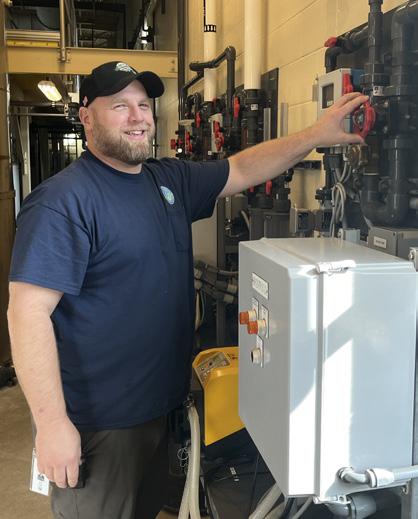
1. What is your favorite or least favorite part of your job? My favorite part of the job is working with such a great team and I enjoy those occasions when I am able to do any type of water sampling in the beautiful Oregon weather.
2. Why are you passionate about working in the water industry? I appreciate the importance of clean and safe drinking water and what it takes to get it to our taps. We are lucky to have such a great water source.
3. What does H20/drinking water mean to you? Water is vital for everyone and we all should be able to trust that what comes out of the faucet is clean and safe.
4. What is one thing you would like more customers to know about their drinking water? That there are a lot of people working to ensure we have good quality drinking water. There is no need to buy bottled water. We have a fantastic treatment plant and the water in the distribution system is routinely sampled to verify it is safe to drink.
5. What accomplishments are you most proud of in your department? In my short time here, I have seen how well the Treatment Plant staff worked with our Utility Crew during an emergency like we had during the recent ice storm. We had several pump stations that lost power and we were able to communicate with the Utility department to get generators on site no matter how busy they must have been while dealing with storm damage and water leaks.
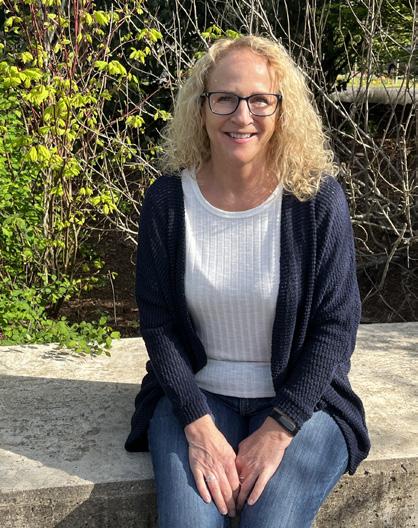
1. What is your favorite or least favorite part of your job? My favorite thing about my job is the quiet, beautiful park-like setting the plant resides in. It’s nice to look out and see all the trees and landscaping. I also enjoy the people I work with.
2. Why are you passionate about working in the water industry? Water is essential to our health and survival. I’m proud to be part of a team that delivers this vital resource to the community.
3. What does H20/drinking water mean to you? Drinking water is essential to life and a precious resource. I like knowing where our drinking water comes from and am mindful to not be wasteful.
4. What is one thing you would like more customers to know about their drinking water? I would like more customers to realize that there are water professionals working seven days a week, year-round, through holidays and severe weather, ensuring high-quality water is delivered to their homes and businesses.
5. What accomplishments are you most proud of in your department? Oregon Health Authority Drinking Water Services conducts a rigorous survey of water systems. The Water Treatment Plant achieved “Outstanding Performance” on its last survey, a tribute to the professionals who operate, maintain, and manage the facility.
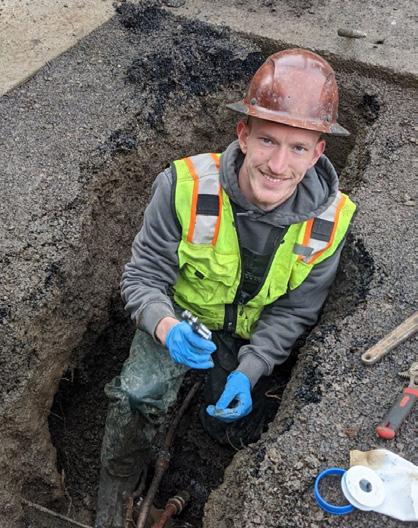

1. What is your favorite or least favorite part of your job? My favorite part of the job is the crew I get to work with and the whole staff at public works. We all strive to provide an excellent level of service and don’t let bad weather or difficult situations get in the way of that. My least favorite part of the job is changing meter box lids. With the AMI project going on, we have a lot we have to go back to and replace with the AMI antenna lids and it’s a very monotonous process.
2. Why are you passionate about working in the water industry? It’s a fun and challenging industry to be a part of. There’s a lot of different duties that you could be doing from day-to-day that keeps it interesting and fresh.
3. What does H20/drinking water mean to you? It’s a vital resource that a lot of people take for granted. Without water, we would be in a lot of trouble health wise.
4. What is one thing you would like more customers to know about their drinking water? There is a lot that goes into providing clean and safe water for them to drink. Whether it’s treating the water at the treatment plant, maintaining and installing water mains, replacing water meters or installing new water services, there is always something going on in an effort to provide water.
5. What accomplishments are you most proud of in your department? One of the things I am most proud of is how we tackle main breaks. We all strive to get it assessed and repaired as quickly as we can, while making sure we don’t affect the drinking water we are providing. We’re not always stoked to be coming in after hours to make a repair, but it’s always a good feeling when you get the repair band on and the leak sealed up!
Your drinking water is tested every day. More than 90 contaminants are regularly sampled for, both before and after the water is treated, to ensure it meets the more than 120 water quality standards for drinking water set by the Environmental Protection Agency (EPA) and the State of Oregon.
The accompanying table shows the results of water quality testing for 2023. Every regulated substance detected in Lake Oswego’s drinking water is listed. All of the substances were either not detected or were detected at levels well below limits set by the EPA and State of Oregon for safe drinking water.
For more information, call 503-635-0394 or email watertest@lakeoswego.city. For a complete listing of all test results, go to the Oregon Drinking Water Service website: https://yourwater.oregon.gov/inventory.php?pwsno=00457.
action level at consumer
of
of household plumbing systems; erosion of natural deposits
* 1 of 44 samples in August had detectable total coliform (2%). 99.82% of annual samples had no detectable total coliform

The following list of chemicals and compounds are what we test for on a regular basis. Most chemicals are measured in parts per billion (ppb) or parts per million (ppm).
o Volatile Organic Compound: (21 compounds) manmade chemical compounds such as cleaning fluids, degreasers and plastics.
o Synthetic Organic Compounds: (30 compounds) manmade chemicals, including insecticides and herbicides.
o Inorganic Compounds: (16 compounds) naturally occurring minerals and chemicals that are released into water through erosion and leaching of mineral deposits.
In order to ensure that tap water is safe to drink, the EPA sets regulatory limits on the amount of certain contaminants in water provided by public water systems. The U.S. Food and Drug Administration sets limits for contaminants in bottled water which must provide the same protection for public health.
The sources of drinking water (both tap water and bottled water) include rivers, lakes, streams, ponds, reservoirs, springs and wells. As water travels over the earth’s surface or through the ground it dissolves naturally occurring minerals and, in some cases, radioactive material. Drinking water can pick up substances resulting from the presence of animals or from human activity.
Contaminants that may be present in source water throughout the United States include:
o Microbial contaminants, such as viruses and bacteria, which may come from wildlife or septic systems e.g. coliform and Giardia.
o Inorganic contaminants, such as salts and metals, which can occur naturally or result from urban stormwater runoff, industrial or domestic wastewater discharges or farming.
o Pesticides and herbicides, which may come from a variety of sources such as farming, urban stormwater runoff and home or business use.
o Organic chemical contaminants, including synthetic and volatile organic chemicals, which are byproducts of industrial processes and may come from gas stations, urban stormwater runoff, and septic systems.
o Radioactive contaminants, which can occur naturally, e.g. radon.

Action Level (AL): the concentration of a contaminant which, if exceeded, triggers a treatment or other requirements a water system must follow.
Maximum Contaminant Level (MCL): the highest level of a contaminant that is allowed in drinking water. MCLs are set as close to the MCLGs as feasible using the best available technology.
Maximum Contaminant Level Goal (MCLG): the level of a contaminant in drinking water below which there is no known risk to health. MCLGs allow for a margin of safety.
Maximum Residual Disinfectant Level (MRDL): the highest level of a disinfectant allowed in drinking water. There is convincing evidence that addition of a disinfectant is necessary for control of microbial contaminants.
Maximum Residual Disinfectant Level Goal (MRDLG): the level of a drinking water disinfectant below which there is no known or expected risk to health. MRDLGs do not reflect the benefits of the use of disinfectants to control microbial contamination.
Nephelometric Turbidity Units (NTU): the standard unit of measurement used in water analysis to measure turbidity in a water sample. Turbidity is a measure of how clear the water looks.
Parts per Million (ppm): one part per million is equivalent to half of an aspirin tablet dissolved in a full bathtub of water (approximately 50 gallons).
Parts per Billion (ppb): one part per billion is equivalent to half of an aspirin tablet dissolved in 1,000 bathtubs of water (approximately 50,000 gallons).
pH: a scale that measures how acidic or basic drinking water (or another substance) is.
Treatment Technique (TT): a required process intended to reduce the level of a contaminant in drinking water.
In 2018, the Oregon Health Authority (OHA) developed a drinking water rule that requires many drinking water systems in the state to test for cyanotoxins, and notify the public about the test results.

Cyanobacteria naturally occur in lakes and streams. Under certain conditions, such as in warm water containing an abundance of nutrients, they can rapidly form harmful algal blooms (HABs). These blooms are capable of producing toxins known as cyanotoxins. Cyanotoxins are compounds that are capable of harming humans. The OHA has issued safe drinking water limits for the cyanotoxins microcystins and cylindrospermopsin, listed below.
The Lake Oswego Tigard Water Partnership is complying with the fifth round of the EPA’s Unregulated Contaminant Monitoring Rule (UCMR 5). Unregulated contaminants are those for which the EPA has not established drinking water standards. The purpose of unregulated contaminant monitoring is to assist the EPA in determining the occurrence of unregulated contaminants in drinking water and whether future regulation is warranted. The UCMR 5 aims to provide the EPA with data to understand the frequency that 29 per- and polyfluoroalkyl substances (PFAS) and lithium are found in the nation’s drinking water systems. A full list of contaminants tested and their results can be found here: www.lakeoswego.city/publicworks/drinking-water-and-andpolyfluoroalkyl-substances-pfas
Per- and Polyfluoroalkyl Substances (PFAS), are a group of synthetic chemicals used in a wide range of consumer products and industrial applications. PFAS have been detected in air, water, and soil in and around manufacturing facilities. Due to their chemical structure, PFAS are very stable in the environment and are resistant to breaking down. PFAS move easily through the ground, getting into groundwater that is used for some water supplies or for private drinking water wells. When released into lakes or rivers used as sources of drinking water, they can get into drinking water supplies.
Due to their potential health effects, the EPA selected a group of 29 PFAS to be monitored under the UCMR 5. The Lake Oswego Tigard Water Partnership has complied with sampling for this group under the UCMR 5 and has found no detectable amounts in our drinking water supply.
Cryptosporidium is a microorganism (protozoan) naturally present in surface water supplies throughout the world. Surface water supplies are particularly vulnerable if they receive runoff or pollution from human or animal wastes. Since wildlife inhabit the Clackamas River Watershed, managing agencies regularly monitor for cryptosporidium. Occasionally, this monitoring detects low levels of cryptosporidium.
New national standards further reduce the risks of illness from cryptosporidium. Symptoms of infection include nausea, abdominal cramps and diarrhea. Most healthy individuals are able to overcome the disease within a few weeks. However, immuno-compromised people have more difficulty and are at greater risk of developing severe, life threatening illnesses. Immuno-compromised individuals are encouraged to consult their doctor regarding appropriate precautions to avoid infection.
Cryptosporidium must be ingested for it to cause disease and may be spread through means other than drinking water.
Drinking water, including bottled water, may be reasonably expected to contain small amounts of some contaminants. However, the presence of contaminants does not necessarily indicate that the water poses a health risk. More information about contaminants and potential health effects can be obtained by calling the EPA’s Safe Drinking Water Hotline at 1-800-426-4791.
Some people may be more vulnerable to contaminants in drinking water than the general population. Immunocompromised persons, such as persons with cancer undergoing chemotherapy, persons who have undergone organ transplants, people with HIV/AIDS or other immune system disorders, some elderly persons, and infants can be particularly at risk from infections. These people should seek advice about drinking water from their health care providers. EPA and Centers for Disease Control guidelines on appropriate means to lessen the risk of infection by cryptosporidium and other microbiological contaminants are available from the Safe Drinking Water Hotline 1- 800-426-4791 or visiting www.epa.gov/safewater.
Lake Oswego’s water system meets State and Federal requirements for lead, results from customer sampling demonstrate that the system is optimized to prevent lead from getting into the water.
If present, elevated levels of lead can cause serious health problems, especially for pregnant women and young children. Lead in drinking water is primarily from materials and components associated with service lines and home plumbing. The City of Lake Oswego is responsible for providing high quality drinking water, but cannot control the variety of materials used in plumbing components. When your water has been sitting for several hours, you can minimize the potential for lead exposure by flushing your tap for 30 seconds to 2 minutes before using water for drinking or cooking.
If you are concerned about lead in your water, you may wish to have your water tested. The City offers FREE lead testing to its water customers. Sample bottles and instructions can be picked up at the main reception desk at City Hall.
Information on lead in drinking water, testing methods, and steps you can take to minimize exposure is available from the Safe Drinking Water Hotline at www.epa.gov/safewater/lead.
The City has been updating outdated, manually-read water meters with a new, wirelessly-read technology. These smart meters support efficiencies in our water system. Most of the 12,000 residential meters will be installed by mid-2024, and work will soon begin on the 300 commercial and multiresidential meters. All new smart meters are expected to be installed and in-service by the end of 2025.
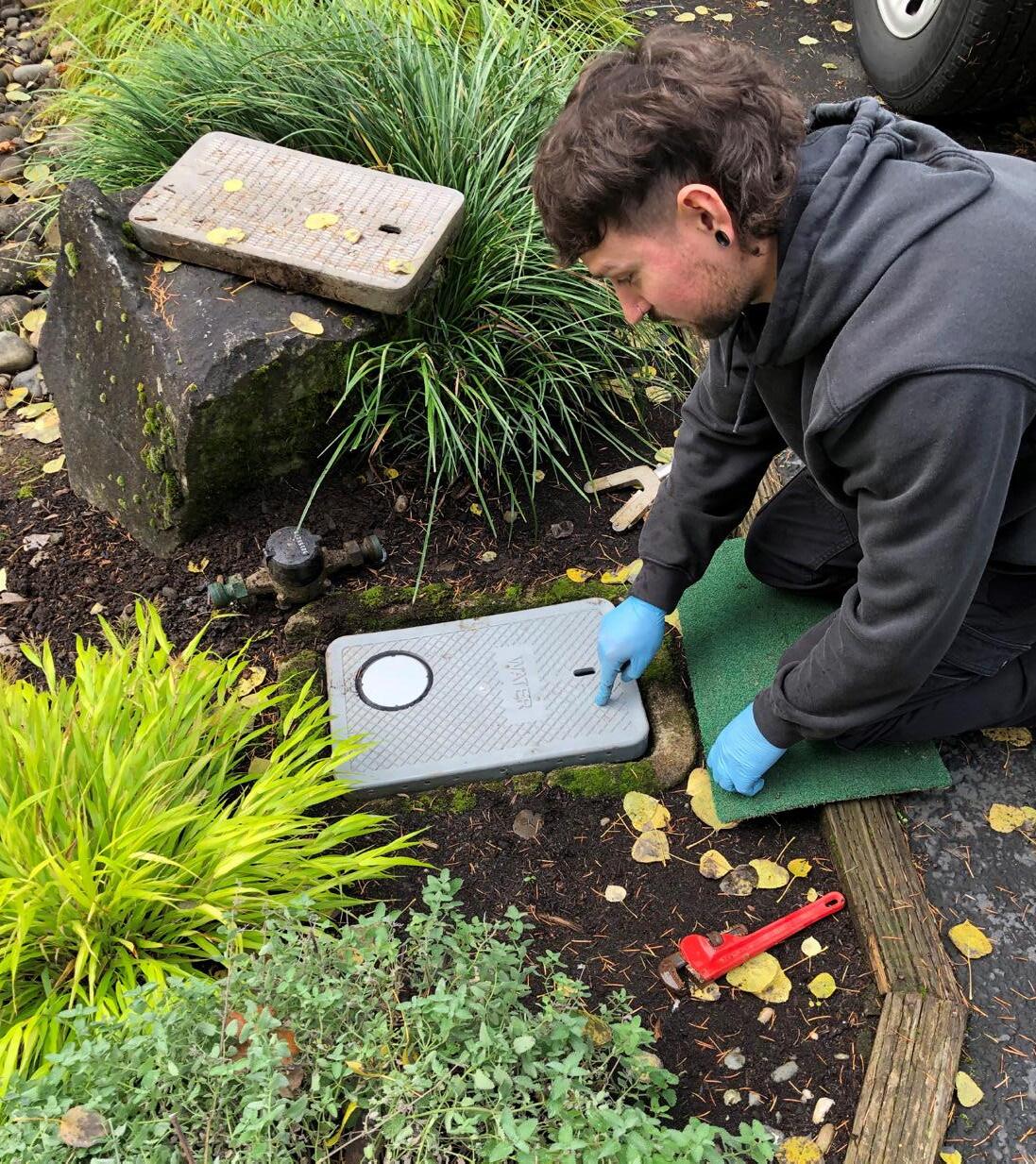
It’s time to think about backflow testing! Backflow assemblies separate drinking water from non-drinking water sources such as irrigation systems, fire protection systems, medical equipment, and private pump systems. These devices help protect our public water system from possible contamination. Backflow devices are required by the City and the State of Oregon.
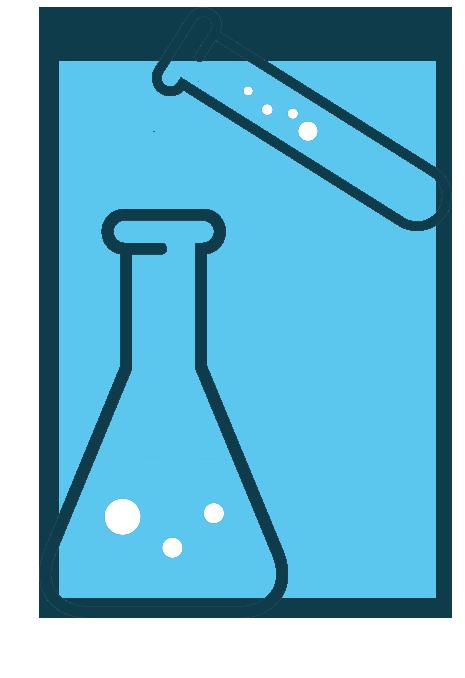
All backflows must be tested no later than July 15 of each calendar year. For more information and a complete list of certified backflow testers, please visit www.lakeoswego.city/ backflow or call 503-534-5674.
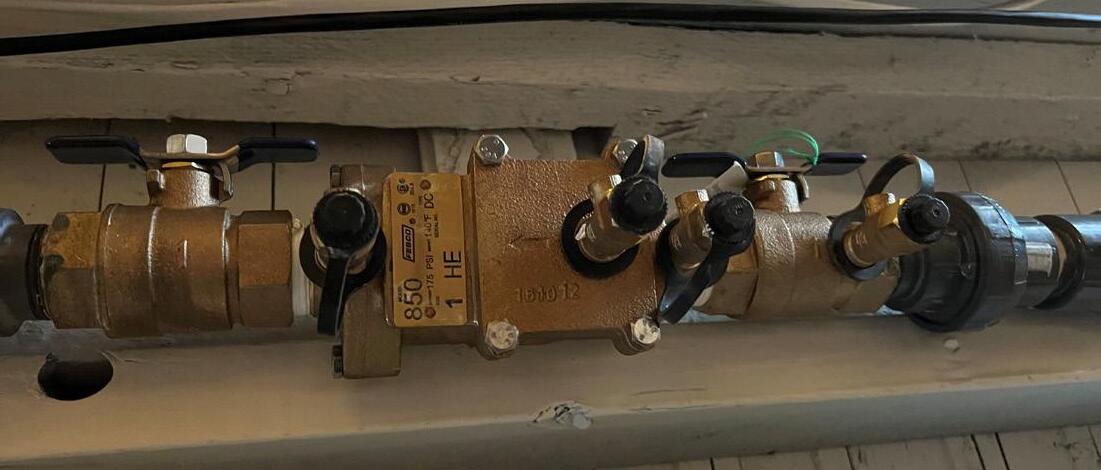
www.lakeoswego.city/2024-water-report


Contest Rules:
• Entrants must be a Lake Oswego water customer to win.
• Visit https://shorturl.at/cmpL7 or scan QR code above.
• Only one entry is allowed per customer.
• Entrants must complete and submit all the required information on the online form by June 30, 2024.
• One winner will be randomly selected and announced in July 2024.
The City uses the ClackCo Public Alerts emergency notification software system to distribute emergency messages via phone, text or email to registered participants. Important messages like a shelter-in-place, water contamination, boil water notices, gas leaks or wildfires can be relayed using this system. All water customers who are served by the City will be covered by ClackCo Public Alerts and are urged to sign up! Enroll at www.clackamas.us/publicalerts
MORE INFORMATION
www.lakeoswego.city/publicworks
Water Quality and Treatment: 503-635-0394 or watertest@lakeoswego.city
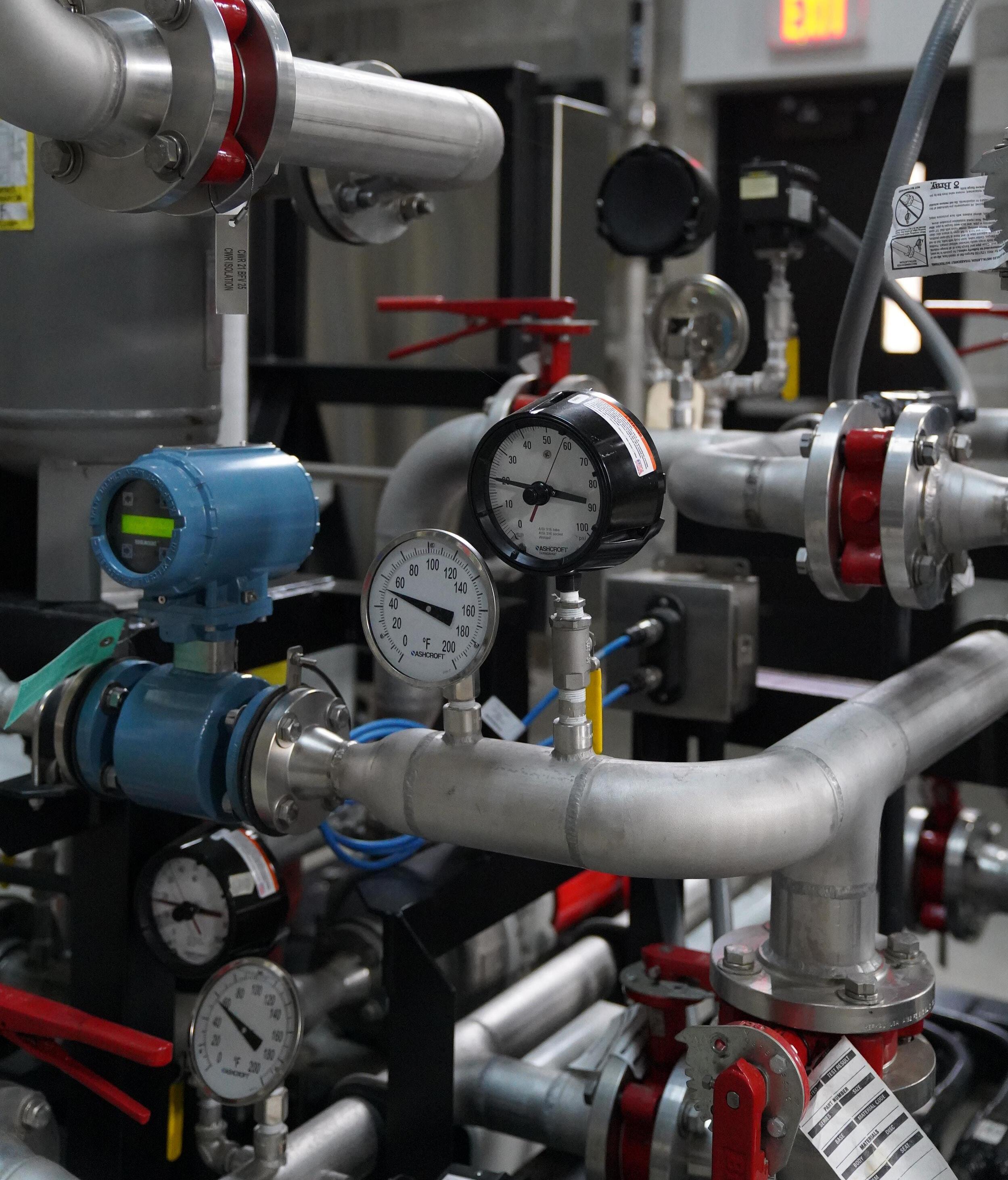
Water Conservation
Using water efficiently protects the natural areas within Clackamas River Watershed and helps to keep rates low. The City of Lake Oswego Water Conservation Program is proud to offer free items like low flow showerheads, hose nozzles, and faucet aerators to our customers to help conserve water in homes and businesses. Additionally, the City offers resources for home leak detection and irrigation inspection. Visit www.ci.oswego.or.us/conservation for more information.
The City of Lake Oswego is a member of the Regional Water Providers Consortium. The Consortium provides leadership in the planning, management, stewardship, and resiliency of drinking water in the greater Portland, OR metropolitan region. Learn more at www.regionalH2O.org
Utility Billing: 503-635-0265
Water Operations: 503-635-0280
Water Conservation: 503-675-3747
Lake Oswego Tigard Water Partnership www.lotigardwater.org
United States Environmental Protection Agency
Safe Drinking Water Hotline 1-800-426-4791 www.epa.gov
Oregon Health Authority
Drinking Water Services 1-503-731-4010 www.oregon.gov/oha/PH/ healthyenvironments/drinkingwater/ pages/index.aspx
Regional Water Providers Consortium www.regionalh2o.org
Clackamas River Water Providers www.clackamasproviders.org
Clackamas River Basin Council www.clackamasriver.org
Get Involved
You are invited to attend Lake Oswego City Council meetings and Lake Oswego Tigard Water Partnership Committee meetings. Visit www.lakeoswego.city/citycouncil or www.lotigardwater.org for meeting details.
Take a Tour of the Water Treatment Plant! We host public tours of our state-of-the-art water treatment plant once a month. Visit www.lakeoswego.city/publicworks/water to register for a tour!
The City of Lake Oswego fosters a welcoming and inclusive community where all people have the opportunity to thrive and have equitable access to City services. For Americans with Disabilities Act or Civil Rights Title VI accommodations, translation/interpretation services, or more information call 503-635-0270 or Oregon Relay Service 7-1-1.
¿Hablas espanol? Le proporcionaresmos una tradúccion de este document sin costo personal para usted.